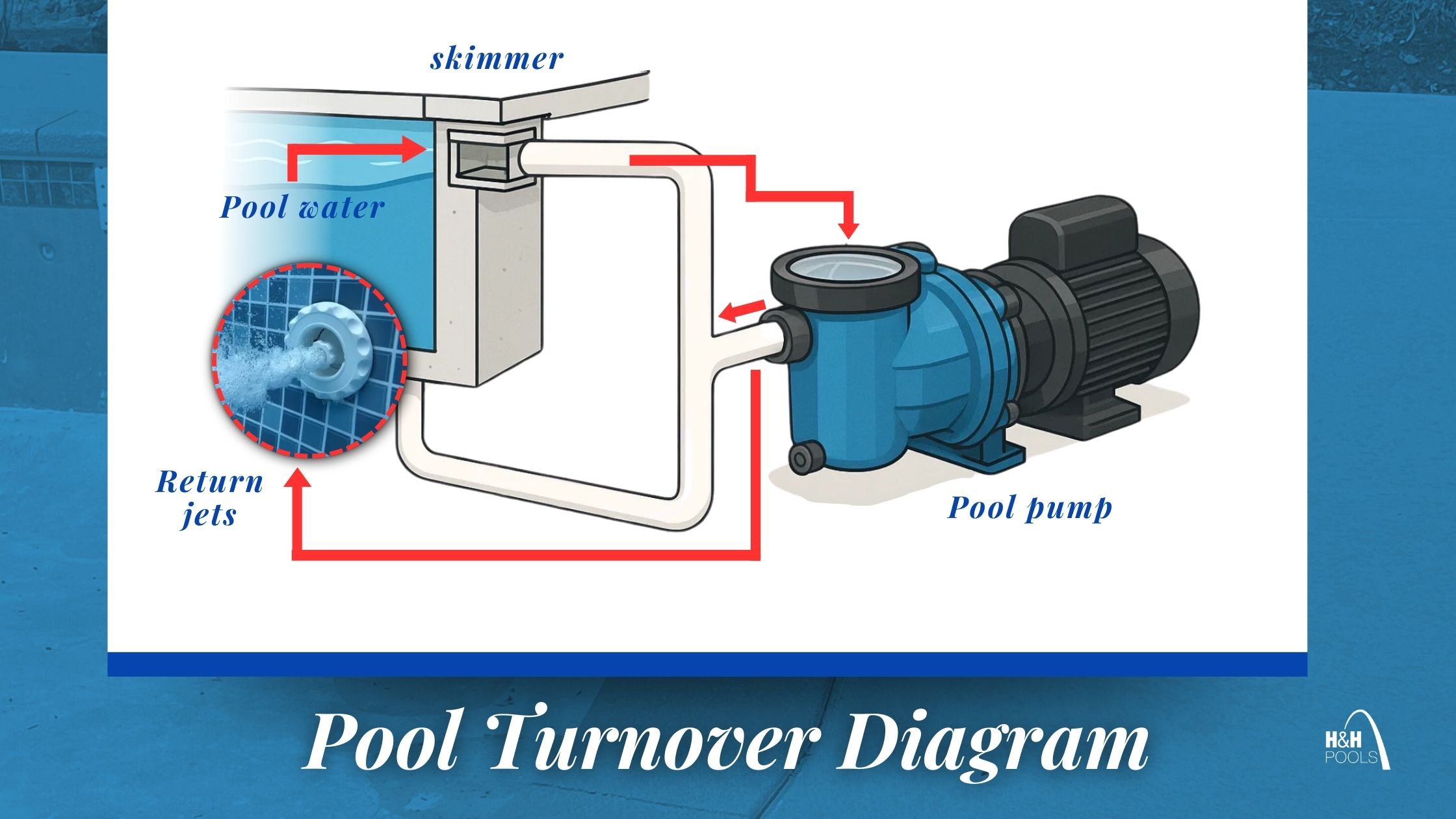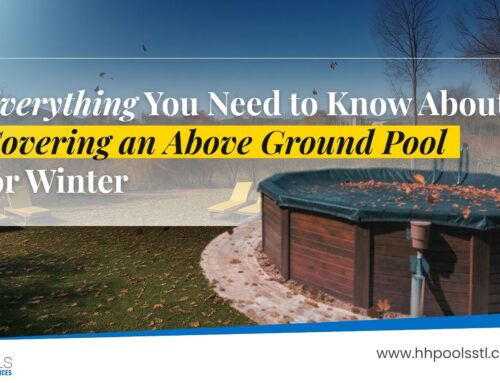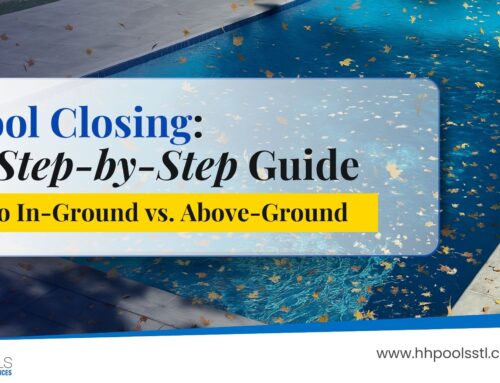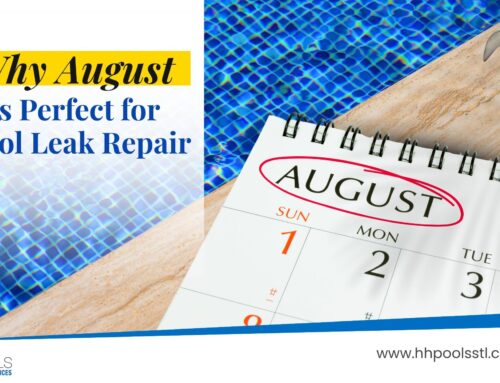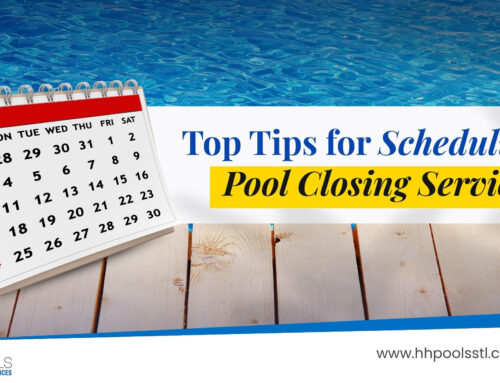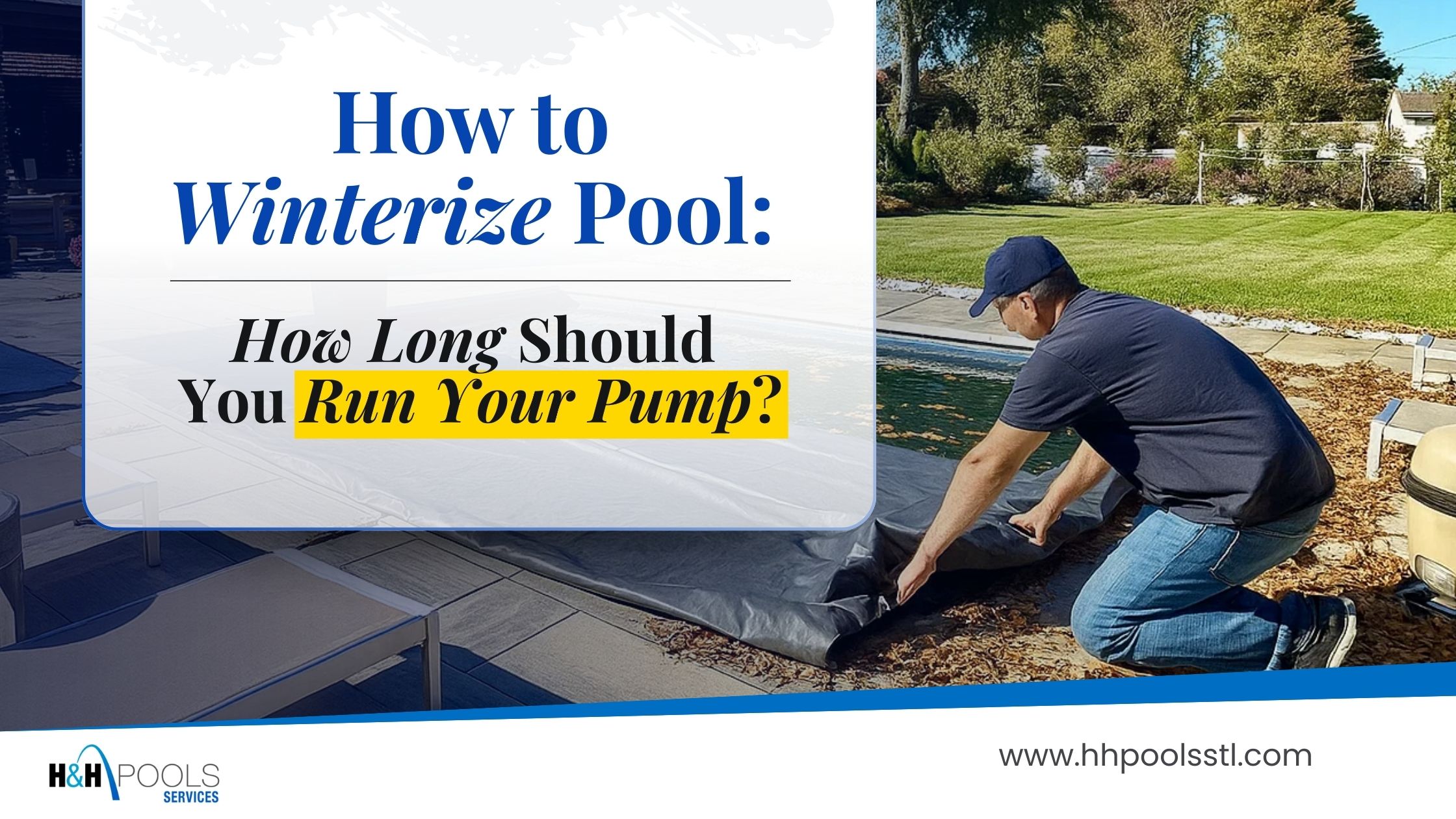
Guide to Winterize Pool: How Long Should You Run Your Pump?
For many pool owners, the last few weeks of the swimming season can feel like a race against the clock. The long, sunny days of summer are fading, and there’s a distinct chill in the air. When you need to winterize pool, a lot of people are unsure exactly how long the pump should run before shutting everything down for the winter. This is a crucial question, and getting it right is the difference between a smooth spring reopening and an expensive, algae-filled mess.
The truth is, your pool pump plays a critical and multifaceted role in a successful process to winterize pool. It’s not just about filtration; it’s about preparing your pool to survive the harsh winter with minimal risk of damage or water quality issues. This comprehensive guide will walk you through exactly why your pump matters during the fall, how to use it correctly based on your climate and pool type, and provide expert tips to prevent costly problems when you uncover your pool in the spring.
Why Your Pool Pump Matters During Fall Closing
Your pool pump is like the life support system for your pool. When it comes to winterize pool, it serves a few key purposes that are non-negotiable for a healthy pool. By keeping it running, you’re not just moving water; you’re performing essential maintenance that protects your investment.
Circulating Chemicals for Proper Balance
Before you close your pool, you need to add a final round of chemicals to winterize pool, which typically includes a potent pool shock, a strong winter algaecide, and often a stain and scale preventer. These chemicals are designed to keep the water sanitized and prevent the growth of algae and other organisms over the long winter months when your filtration system is off. The only way to ensure these powerful chemicals mix evenly throughout the entire body of water is by running the pump.
Think of your pool as a giant, static container. If you simply pour chemicals in without circulating them, they will settle to the bottom and remain in concentrated pockets. This can have two major negative consequences: First, the chemicals won’t be effective. The rest of the water will be left unprotected, creating a perfect environment for dormant algae spores to activate. Second, these concentrated pockets can be highly corrosive and may lead to permanent staining on your pool’s liner or plaster. Running the pump ensures every drop of water is treated, guaranteeing a balanced and protected environment beneath the winter cover.
Preventing Algae Growth Before the Cover Goes On
The final few weeks of fall can be a prime time for algae to take hold. As air temperatures cool but the water remains relatively warm, and with an increase in organic debris like leaves and pollen, you have the perfect recipe for a last-minute algae bloom. If the water isn’t moving, any lingering debris and warm temperatures can create a perfect breeding ground for algae. Keeping the pump running is the best way to prevent pool algae in fall, stopping any last-minute algae from ruining your hard work and leaving you with a green, slimy pool to deal with in the spring. A well-circulated pool is a clear pool, and a clear pool is much easier to close and reopen.
Protecting Your Pool and Equipment from Winter Damage
In many climates, freezing is a major risk. Water expands when it freezes, and this expansion is an incredibly powerful force that can crack or burst pipes, damage the pump housing, and ruin the filter components. A properly running pump keeps water flowing through your pipes and equipment, which can help prevent freezing during unexpected cold snaps. While you will eventually drain and store your equipment, running the pump until the very end helps protect it from unpredictable drops in temperature. It also ensures that all the internal components, from the pump’s impeller to the filter’s manifold, are kept clear of any lingering debris or clogs.
How Many Hours Should You Run Your Pool Pump in the Fall?
The goal is to maintain water clarity without wasting energy. The ideal pool pump run time for the fall is different from the summer. The “best schedule” to run your pool pump depends on several factors, but here are some general guidelines.
What about running the pool pump in the summer?
While the focus here is on how to winterize pool, it’s also helpful to understand your pool pump run time summer vs winter. For most pools, a good rule of thumb for summer is to run your pump for 8-12 hours per day, which typically ensures at least two full turnovers of the pool water. This is crucial for several reasons:
Pump Operation Right Before Winterizing
The final few days before closing are crucial and require a specific, focused approach. You’re preparing your pool to winterize pool for a long hibernation, and every step matters. A common question is, “do you run pool pump while winterizing?” The answer is yes, up until the very end. You should also ask yourself “when to shut off pool pump for winter?”
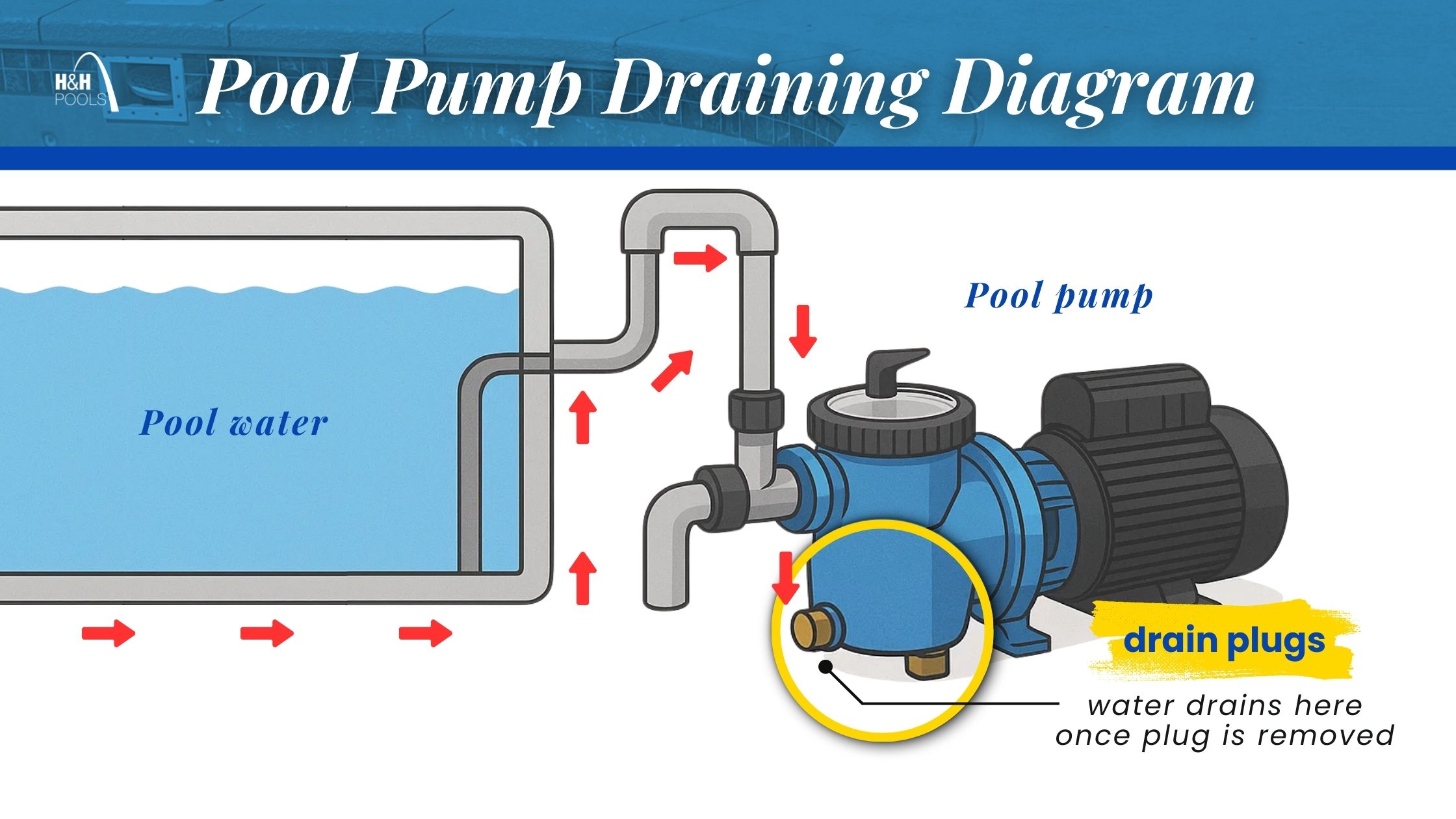
Common Mistakes Pool Owners Make with Pumps in Fall
Avoiding these common errors can save you a lot of time and money, not to mention a lot of headaches in the spring.
FAQs
Pro Tips for Smart Pump Use Before Winter
Final Thoughts
Your pool pump is a vital part of the pool closing process. Using it correctly in the fall ensures balanced water, protected equipment, and a smooth spring reopening. A few extra hours of pump time now can prevent costly spring problems and help you start the next swimming season with ease.
Taking the time to properly drain and store your pump will protect your investment for years to come. If you’re considering a new pool, you can get a quick estimate with our Pool Price Estimator to see if it fits your budget. For professional help, you can reach out to us directly for our Professional Pool Closing Services.

